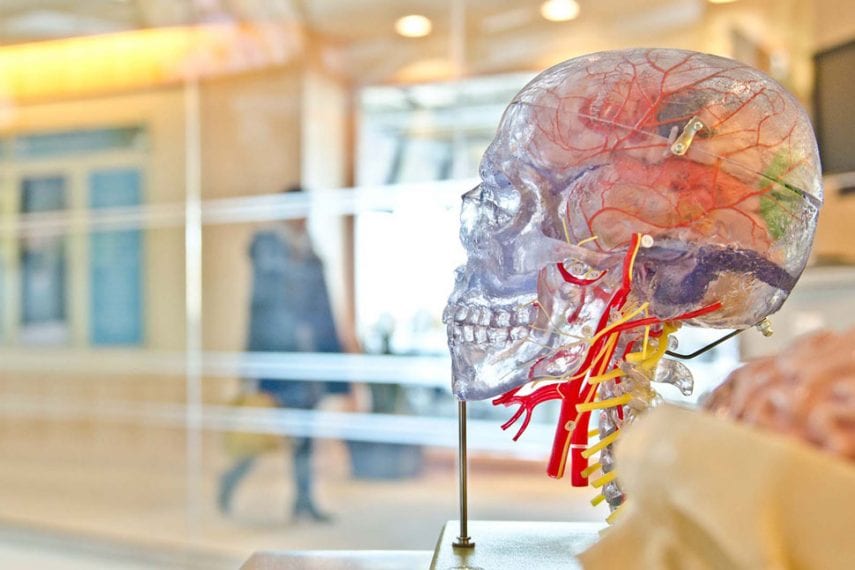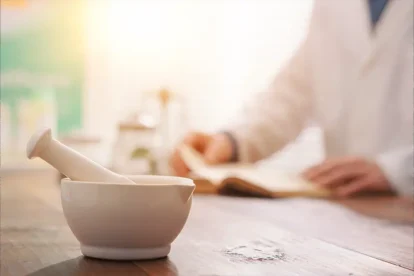Harnessing Neuroplasticity in the Brain as a Way to Manage Addiction Triggers

Despite being designed to keep us out of trouble, the human brain seems to have a particular weakness around addiction. This is because of neuroplasticity, the brain’s capacity for learning habits and turning them into repeated patterns. External addiction triggers complicate the matter by activating the parts of the brain associated with drug use, which can drive someone in recovery to use. Though it may seem like a daunting task, it’s possible to overcome these triggers by using neuroplasticity to create new neural pathways in the brain.
Generally, our brain is programmed to keep us safe. It flags potentially dangerous situations, urges us to reconsider hazardous actions, and may even prompt a fight, flight, or freeze response when suspecting extreme trauma.
Why, then, doesn’t the brain use that ability to foresee danger as a way of protecting us from addiction? Instead of triggering a flight response after experiencing addictive drugs, the brain may urge the opposite, fighting directly against someone’s desire to seek (or maintain) sobriety.
It’s a difficult question, but understanding the answer can aid in addiction recovery, and that’s why it’s worth tackling.
Neuroplasticity in Forming Habits
This morning while ironing a shirt, I realized I hadn’t used the skill in over a year. Nonetheless, I easily called to memory the actions. In the back of my mind, I heard my father’s direction to use the steam and go slowly as he taught me some twenty years ago.
This is a prime example of neuroplasticity. When we practice something over and over again, our brain uses particular neural pathways related to that activity. After a while, those neural pathways widen, becoming easier to travel, and the process becomes ingrained in our brain.
Think about the first time you attended a new school. You probably took your time finding your classes (and, if you’re anything like me, you spent a good while lost and confused). Eventually, though, you learned quicker ways to get to class. You learned your way around the place as you became comfortable with your surroundings. After a time, you probably went into auto-drive while going from class to class. The process became innate. You didn’t consciously think of where to go—you just went. That’s neuroplasticity in action.
Get Help for Drug Addiction
Alta Mira is a Safe Place to Get Your Life on Track
Neuroplasticity and Addiction
The same happens with addiction. The more you use, the more your brain becomes accustomed to using, and the wider that neural pathway becomes.
In those cases, for someone trying to cope with trauma, loss, or a difficult emotional situation, drug use becomes the brain’s path of least resistance. That’s why it’s so important to understand how drug use triggers (or cues, as they’re sometimes called) impact the brain of someone who uses, and how they can make it hard for an addict in recovery to maintain sobriety.
The Body’s Trigger Responses: Emotional, Physical, and Neurological
In mental health, a trigger is any external stimulus that causes someone to experience a negative emotional or physical response. It can literally be anything: an image, a smell, an object, a person, a place. It’s often associated with trauma in some way (though not always) and causes that person to remember or relive a traumatic or distressing experience.
Often, triggers are misunderstood as a solely emotional response, but they come with some very real physical symptoms, and that can be dangerous for addicts. For example, after long-term cocaine use, “dopamine ticks up in the reward system when the abuser encounters a cue associated with the drug.”In those cases, the brain responds to a visual cue by releasing dopamine into the brain, triggering that person’s desire to use. Though research results surrounding the neurological effects of cues on the brain are varied, one significant analysis showed that neural activation in two of the brain’s prefrontal cortexes “is reliably produced in cue-exposure studies of drug-addicted individuals who are still actively using.”
Ultimately, triggers work by activating the parts of the brain associated with an addict’s need to use. My friend Sam, for example, was addicted to meth. His dealer sold out of the bar down the street, so Sam would jump on his bicycle, travel the 2.4 miles down the way, and pedal around until his dealer showed up. Because he came to associate his bicycle with the prospect of replenishing his drug supply, it became a cue for him, and seeing it or riding it would trigger him, and make him want to use.
Teaching the Brain to Open Alternative Pathways
Recognizing and understanding these kinds of triggers are a key aspect of recovery. Though it may seem like a daunting task, it’s possible to train the brain to respond to them in healthier ways, says Dr. Ralph Carson, author of The Brain Fix. “The brain is very forgiving,” he writes. “Cells can in fact be replaced and the brain can be rewired.” According to Dr. Carson, any habit, regardless of how compelling the drive, can be overcome by rewiring the brain, or, in other words, by training it to use alternative neural pathways.
Let’s take traveling from one class to another as an example. At first, it would take a conscious decision. Let’s say that one of the stairways we liked to use had been blocked off for repair. We’d have to choose another path—consciously. We might show up at that blocked stairway day after day until, out of frustration, we’d remember our newly chosen route. Slowly but surely, our process would change. It would become easier to take the new route, and, eventually, we might even forget about the blocked stairway.
The same is true for the brain. Ironically, neuroplasticity—the brain’s affinity for patterns and the very thing that makes addiction possible—is also precisely what enables recovery. As with drug use, the more an addict chooses an alternative pathway (coping skills like exercise, camping/hiking, listening to music, drawing, or writing), the wider that pathway becomes, and, in turn, the easier it is for someone to choose it.
Choosing coping skills like these is like choosing a new route instead of the stairway. It might feel strange or difficult at first, but with time and repetition, these healthier activities come to replace the older ones. We can rewire the brain, abandoning old neuroprocesses for newer, healthier routes.
My friend Sam had to ditch his bicycle. With the help of a supportive residential treatment program,Sam recognized and overcame his triggers. Supported by a dedicated team of addiction professionals, he started to work through the trauma that had underwritten his substance use. He found a new neighborhood across town so that he wouldn’t be bombarded with triggers that would shoot him into auto-drive. It was a lot of work, and part of a holistic process that included meetings, therapy, and peer support groups. But he eventually obtained sobriety. Changing harmful brain patterns takes conscious decisions to reroute and avoid the “auto-drive” that sets in during chronic drug use, but it’s possible, and residential treatment focuses on helping people find healthy, supported ways to do that.
Alta Mira offers comprehensive treatment options to people struggling with drug and alcohol addiction as well as co-occurring mental health challenges. If you (or a loved one) is living with addiction, reach out to us today to learn more about how we can help you learn to overcome your triggers and live the life you’ve always wanted.






